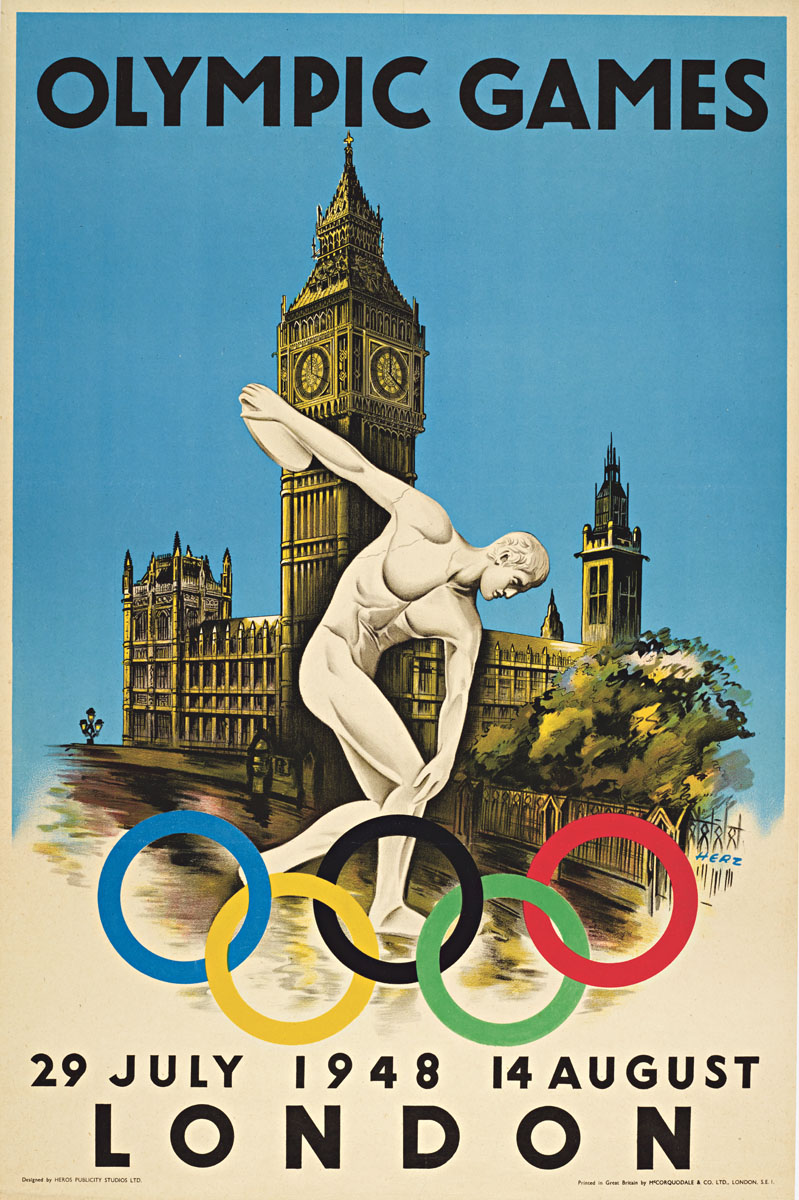THE BIRTH OF ELECTRONIC TIMEKEEPING
28 July – 14 August
THE BIRTH OF ELECTRONIC TIMEKEEPING
At the Olympic Games London 1948, two of the most significant innovations in sports timing – OMEGA’s “Magic Eye” photoelectric cells and the slit photofinish camera developed by the British Race Finish Recording Company – ushered in the era of electronic sports timekeeping.
The photoelectric cell recorded the exact moment the finish line was crossed, solving the problem caused by the long-used finishing line tapes, whose elasticity made them inaccurate. The photofinish camera allowed judges to see, without a shadow of a doubt, the exact order in which athletes finished an event.
Intended only as a backup, the two systems proved their merit when called in to settle the result of the men’s 100 m sprint. Two sprinters both scored a time of 10.3 seconds, but an eventual winner was found when judges were able to view the now-familiar photofinish image. The following year, OMEGA and Race Finish Recording would combine forces to integrate both technologies into the OMEGA Racend Timer.
